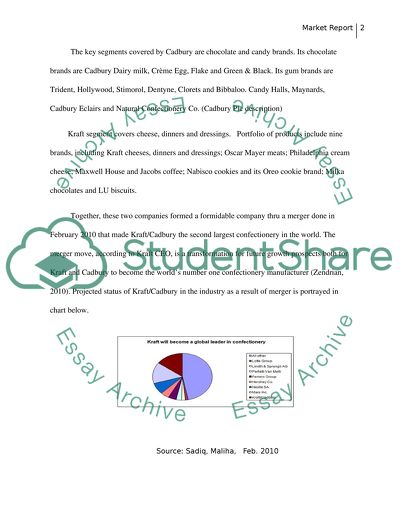Cite this document
(Kraft and Cadbury Marketing Integration Case Study, n.d.)
Kraft and Cadbury Marketing Integration Case Study. Retrieved from https://studentshare.org/marketing/1572290-strategic-marketing-report-of-cadbury-schweppes
Kraft and Cadbury Marketing Integration Case Study. Retrieved from https://studentshare.org/marketing/1572290-strategic-marketing-report-of-cadbury-schweppes
(Kraft and Cadbury Marketing Integration Case Study)
Kraft and Cadbury Marketing Integration Case Study. https://studentshare.org/marketing/1572290-strategic-marketing-report-of-cadbury-schweppes.
Kraft and Cadbury Marketing Integration Case Study. https://studentshare.org/marketing/1572290-strategic-marketing-report-of-cadbury-schweppes.
“Kraft and Cadbury Marketing Integration Case Study”, n.d. https://studentshare.org/marketing/1572290-strategic-marketing-report-of-cadbury-schweppes.


